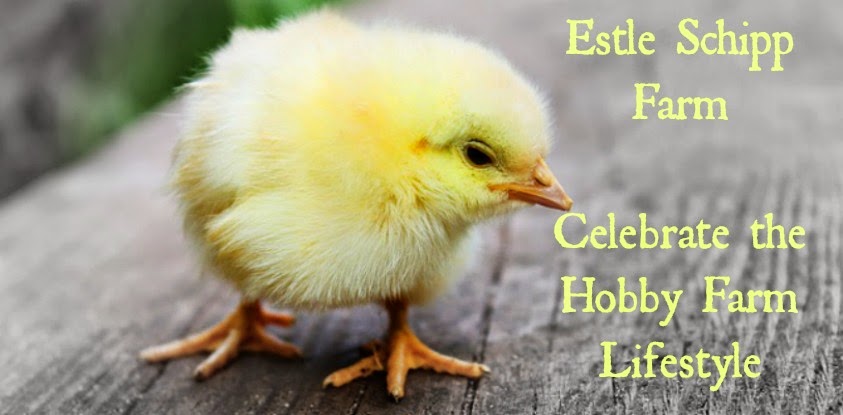The capacity to learn is a gift
The ability to learn is a skill
The willingness to learn is a choice
~Brian Herbert
We made it to Friday! I hope you have a relaxing weekend ahead. I'll be taking some time to sew up a couple of Valentine potholders for a Farmgirl project. Remember the times I've posted about MaryJanesFarm? In the chat room, the farmgirls sometimes participate in swaps - this week I've traded valentines, handmade Christmas ornaments with wooden spools, and handmade dishcloths. It gives me a reason to work my creative spirit and to get some really fun mail for a change. ;)
I also finally made time to complete the embroidery on some of the merit badges I have earned. The merit badge program has really helped me learn some new skills and have some fun along the way.
For example, I have reached the expert level in the category of Garden Gate: Herbs. Here are the requirements:
- Beginner: Identify 5 herbs and uses for them and try one.
- Intermediate: Grow 2 herbs and use them.
- Expert: Grow 3 more herbs and use them and create gift packs of your own herb blends.
Another badge I earned at the expert level is in the category of Cleaning Up: Recycling. The requirements for this one are:
- Beginner: Research recycling in your area both what can be recycled and where.
- Intermediate: Set up a recycling system for yourself and use it for a week.
- Expert: Recycle for one month and teach someone else to do it too.
- Beginner: Read a book titled Blogging for Bliss by Tara Frey and choose a topic you love.
- Intermediate: Pick a blogging host, pick a name and post your first post.
- Expert: Learn to add pictures to your blog, publish 10 posts and network with other bloggers.
There are so many badges you can earn but, more importantly, each one allows you to add a new skill set to your repertoire. There are over 100 badges and each one has three levels to help you build skills. You can learn to insulate your home, help your community, make bread or cheese, learn how to go "glamping" or any number of stitching and crafting skills.
I have several projects in progress and I'll keep you posted. I hope you consider joining the Farmgirl Sisterhood and earn some merits badges of your own.
What Farmgirl skill would you most like to learn?
Tomorrow is Skills Saturday and I'll review the skill of stocking up on non-perishable foods and how to store them. I hope to see you then!
Peace be with you,
Star Schipp
This post may contain affiliate links which
means if you make a purchase using one of those links, I may receive
compensation at no extra cost to you. It is a great way to support your
favorite hobby farm blogger. Thank you!













